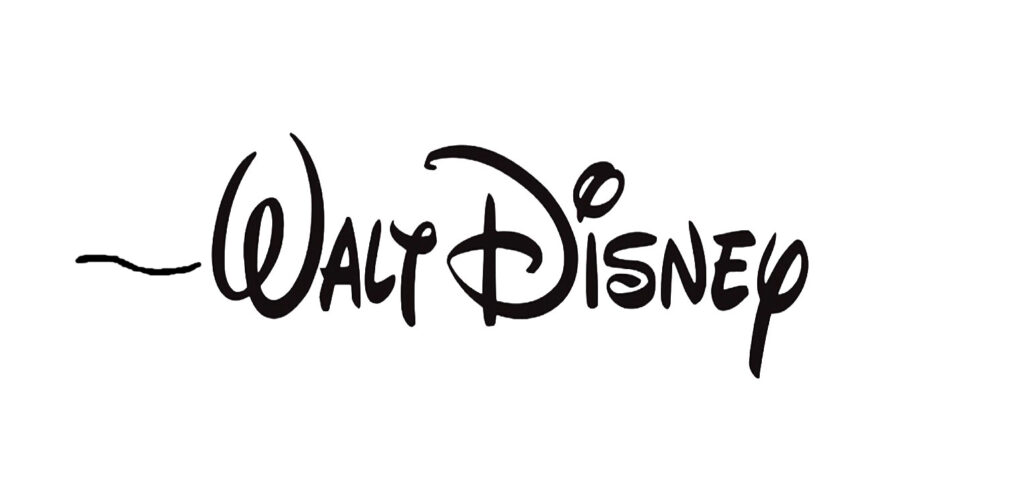NEW INTEGRATION OF SONGS
Panicked by the Prince’s intrusion out of her dreams into her “real” life, Snow White immediately flees from him, running into the castle amidst a flurry of those white doves. The camera follows her escape with a diagonal pan to the right up across the architecture ending at a high balcony with a draped window from which the princess peeks below. The Prince importunes her to hear him out and launches into the film’s second song, the romantic ballad “One Song”. James Bohn in his book The Music in Disney’s Animated Features suggests that many elements throughout this movie are adapted from traditional operetta and indeed this whole sequence is nearly entirely sung, the “arias” interrupted only here and there by an occasional spoken rhymed “recitative”.
Far from being simple accompaniment, the music became in the Disney Studio product an almost equal partner with the visual imagery, the sound effects and the dialogue in creating the total effect of the film.[1]
In discussing with composers the score of this first animated feature, Disney expressed his dissatisfaction: “It’s still that influence from the musicals they have been doing for years. Really we should set a new pattern – a new way to use music – weave it into the story so somebody doesn’t just burst into song.”[2]
In 1937 this imperative resulted in a new integration of music and song among the other elements of production with a thoroughness that heralded the innovative approach of Rodgers and Hammerstein in their Broadway stageworks several years later.
Oklahoma! which was first performed in 1943, is often cited as the first musical in which the numbers were an integral part of the plot; but in fact, Walt Disney had pioneered the idea six years earlier in Snow White.[3]
But it was Oklahoma! that got awarded the Pulitzer Prize. Disney received a “special” Academy Award adulating his “innovation” – a normal-sized Oscar flanked by seven miniature ones – presented archly by child-star Shirley Temple (1928-2014) – implying that Snow White and the Seven Dwarfs is only a cartoon and cartoons are only for children.
Furthermore, songs in Disney’s features are never purely gratuitous; rather, they help either to define the film’s theme, to delineate one of its characters or to advance the plot – often all three at once! What seem casually to be ingenious excuses for reprise – either instrumental or often in lush-choral arrangement – are actually functional plot developments underscored by the appropriate leit motif with the additional benefit of further ingratiating the melodies to an audience. Recapitulation of important musical themes – a standard technique of the classical composer – occurs at precisely those moments, e.g. the “big finale”, when they will help reinforce and cohere new developments in storyline or theme.
Snow White, enchanted by the Prince’s ardor but embarrassed by her own ragged appearance, straightens her threadbare tattered dress and fluffs her hair then steps out onto the balcony to hear his entreaties. As he sings, the camera pans again diagonally this time in the opposite direction up to another even higher window from which the Queen observes this budding romance below with angry incomprehension. She yanks the curtains closed in front of her. Snow White kisses a dove and sends it down to the Prince, who receives the bird on his finger. The dove blushes, then plants the kiss with a little peck on the Prince’s lips and flies off. Smiling happily, Snow White draws the curtains together in front of her as the scene fades to a brief blackout.

… no explanation is ever given for the Prince’s disappearance after this sequence – but we never miss it; wordy explanations are unnecessary because the film makes its appeal directly to our hearts. This is the simplicity of legend, of myth. As Walt suggested, the Prince does remain simply a “romantic figure,” an icon of romance.[4]
[1] Schickel, Richard: The Disney Version, Discus Books, New York, 1969, p. 97.
[2] Finch, Christopher: The Art of Walt Disney, Harry N. Abrams, Inc., New York, 1973, p. 192.
[3] Holliss, Richard, and Sibley, Brian: Snow White and the Seven Dwarfs & the Making of the Classic Film, 1987, p.26.
[4] Kaufman, J.B.: op. cit., p.109.
